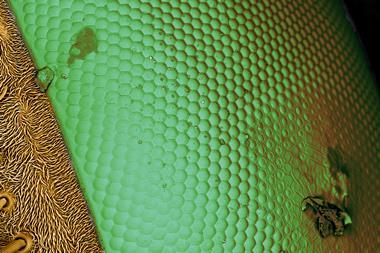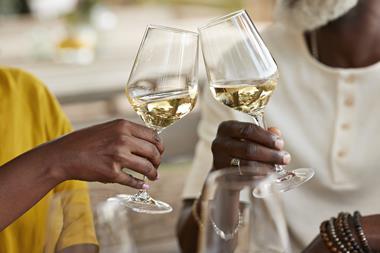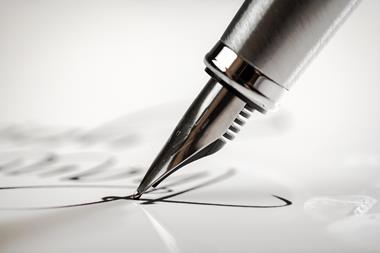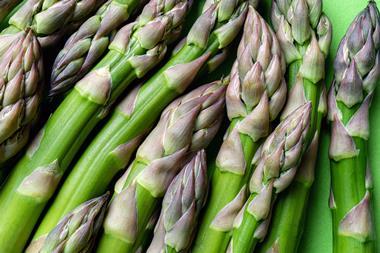The age of vintage sherries can be authenticated using statistics
The age of sherry has been accurately estimated by Spanish researchers using two statistical methods based on routine analytical parameters.
Sherries are often aged in oak barrels to improve their taste and aroma but the extra investment and quality are reflected in the price to the consumer. Although their ages can be certified, it remains difficult to confirm scientifically that an expensive vintage sherry is as old as claimed. Now, many of the compounds from the wooden casks that end up in the sherry have been used to confirm its age.
Dominico Guillen and colleagues from the University of Cadiz measured the contents of short-chain organic acids, higher alcohols and phenolic compounds in 30 sherries dating from 1932-1999. They also determined the standard physicochemical characteristics of the sherries such as total acidity and pH.
Some values decreased with age, such as the amounts of tartaric acid, caffeic acid and calcium, but most increased with time, including the content of acids produced by oxidative aging and the phenolic compounds from the wood.
No single variable could be used to predict the age of the sherries, so the data were analysed by two regression models based on partial least squares (PLS) analysis and multiple linear regression (MLR). The MLR model with six components gave a mean deviation from the declared ages of 3.3 years, but the PLS model with a broad range of variables predicted the ages to within just 1.6 years. The greatest deviations occurred for the youngest sherries, as expected, due to the incomplete extraction of phenolic compounds from the wooden casks.
When both models were used to date five sherries of unknown age, the results differed by up to eight years but the orders of the ages were in similar ranges for all cases, confirming the suitability of either method for the authentication of vintage sherries.
References
D A Guillen et al, J. Agric. Food Chem., 2005, 53, 2412












No comments yet